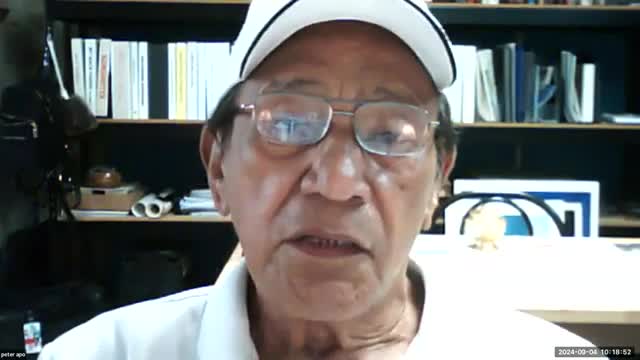Hawaii grapples with land access amid urban transformation
September 05, 2024 | Hawaiʻi Community Development Authority, Executive , Hawaii
This article was created by AI summarizing key points discussed. AI makes mistakes, so for full details and context, please refer to the video of the full meeting. Please report any errors so we can fix them. Report an error »

During a recent government meeting, concerns regarding land use and urban development in Hawaii were prominently discussed, particularly in relation to the challenges of maintaining the island's carrying capacity. A long-serving member, reflecting on their extensive experience since 1938, highlighted the need for innovative models, citing Singapore's approach as a potential blueprint for Hawaii.
The member expressed concern over the changing relationship residents have with land, noting that historically, access to land was unrestricted, allowing for community gatherings and personal space. However, this dynamic has shifted significantly, especially on Oahu, where high-rise developments are becoming more common. The member emphasized the importance of creating vibrant neighborhoods that promote walking and community interaction, despite the challenges posed by urbanization.
The discussion also touched on Singapore's land ownership model, where approximately 90% of land is state-owned, a practice that would be difficult to implement in the United States due to differing legal frameworks. This model was praised for its effectiveness in managing urban space and ensuring equitable access to resources.
Members of the meeting expressed gratitude for the insights shared, with one member seeking clarification on the specifics of land ownership in Singapore, underscoring the interest in learning from international examples to address local issues. The meeting concluded with a sense of optimism about the potential for change and the need for collaborative efforts to navigate Hawaii's evolving landscape.
The member expressed concern over the changing relationship residents have with land, noting that historically, access to land was unrestricted, allowing for community gatherings and personal space. However, this dynamic has shifted significantly, especially on Oahu, where high-rise developments are becoming more common. The member emphasized the importance of creating vibrant neighborhoods that promote walking and community interaction, despite the challenges posed by urbanization.
The discussion also touched on Singapore's land ownership model, where approximately 90% of land is state-owned, a practice that would be difficult to implement in the United States due to differing legal frameworks. This model was praised for its effectiveness in managing urban space and ensuring equitable access to resources.
Members of the meeting expressed gratitude for the insights shared, with one member seeking clarification on the specifics of land ownership in Singapore, underscoring the interest in learning from international examples to address local issues. The meeting concluded with a sense of optimism about the potential for change and the need for collaborative efforts to navigate Hawaii's evolving landscape.
View full meeting
This article is based on a recent meeting—watch the full video and explore the complete transcript for deeper insights into the discussion.
View full meeting
